Home>Articles>How Long To Cook Beans In An Electric Pressure Cooker
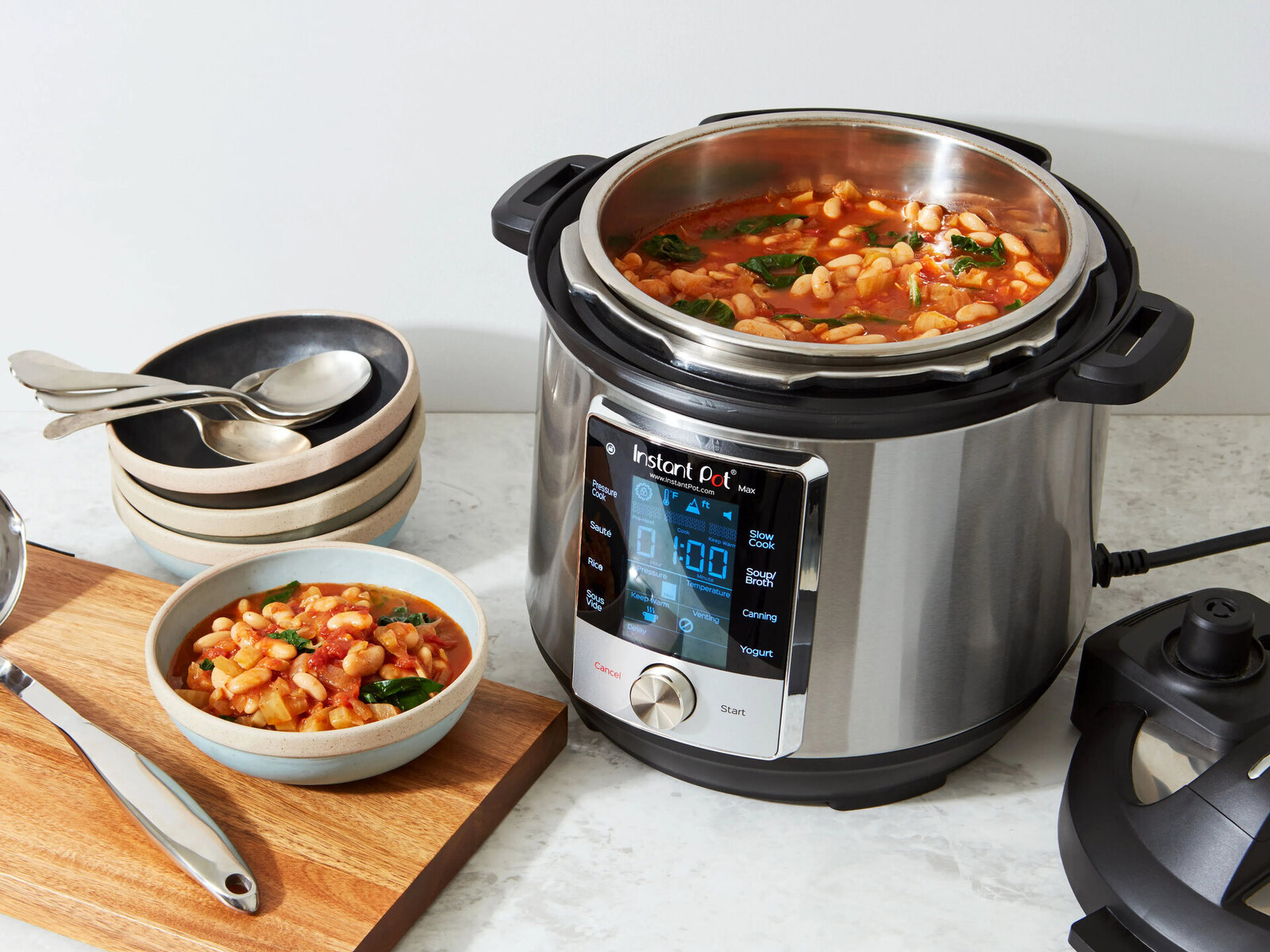

Articles
How Long To Cook Beans In An Electric Pressure Cooker
Modified: February 20, 2024
Discover the quickest and easiest way to cook beans in an electric pressure cooker. Read our informative articles on how long it takes to perfectly cook beans with this time-saving kitchen appliance.
(Many of the links in this article redirect to a specific reviewed product. Your purchase of these products through affiliate links helps to generate commission for Storables.com, at no extra cost. Learn more)
How Long To Cook Beans In An Electric Pressure Cooker
Cooking beans in an electric pressure cooker is a convenient and efficient way to prepare this versatile and nutritious food. Whether you’re preparing a hearty bean soup or a flavorful side dish, knowing the correct cooking times is crucial to achieve perfectly cooked beans with the ideal texture. In this article, we will explore the cooking times for different types of beans in an electric pressure cooker to help you cook them to perfection.
Preparing Beans for Cooking
Before cooking beans in an electric pressure cooker, it’s essential to take a few preparation steps. Start by sorting through the beans to remove any debris or damaged beans. Rinse them thoroughly under cold water to remove any dirt or dust.
Soaking the beans before cooking can help reduce their cooking time and make them easier to digest. There are two common soaking methods:
- Traditional Soaking: In this method, cover the beans with water and let them soak overnight or for at least 8-12 hours.
- Quick Soaking: If you’re short on time, you can use the quick soaking method. Put the beans in a pot with water, bring to a boil, and let them boil for two minutes. Then remove from heat, cover, and let them sit for an hour.
While soaking is optional, it is beneficial for most types of beans. Soaking can help soften the texture of the beans and reduce cooking time. However, some beans like lentils and split peas do not require soaking.
Another optional step you can take to enhance the flavor of the beans is to sauté aromatics like onions, garlic, and spices before pressure cooking. This step can add complexity and depth to the final dish.
Cooking Times for Different Types of Beans
It’s important to note that cooking times may vary based on the size and freshness of the beans, as well as your altitude. The following are general guidelines for cooking some common types of beans in an electric pressure cooker:
- Black Beans: Cook for 22-25 minutes on high pressure.
- Kidney Beans: Cook for 20-25 minutes on high pressure.
- Chickpeas: Cook for 35-40 minutes on high pressure.
- Lentils: Cook for 5-7 minutes on high pressure.
- Navy Beans: Cook for 20-25 minutes on high pressure.
- Pinto Beans: Cook for 25-30 minutes on high pressure.
- Cannellini Beans: Cook for 25-30 minutes on high pressure.
- Adzuki Beans: Cook for 22-25 minutes on high pressure.
- Lima Beans: Cook for 12-15 minutes on high pressure.
These cooking times are approximate, and adjustments may be necessary based on your personal preference and the desired tenderness of the beans.
Adjusting Cooking Times for Different Bean Quantities
When cooking smaller quantities of beans, you may need to reduce the cooking time slightly. Conversely, larger batches of beans may require additional cooking time. It’s essential to monitor the cooking process and adjust accordingly.
Factors such as the freshness of the beans and your altitude can also affect the cooking time. Fresher beans tend to cook more quickly, while higher altitudes may require longer cooking times.
Cooking Beans with Flavorful Additions
To add more depth of flavor to your beans, consider incorporating herbs, spices, and seasonings into the cooking liquid. Bay leaves, thyme, cumin, and paprika are just a few examples of flavors that can enhance the taste of your beans.
You can also experiment with different cooking liquids to impart unique flavors. Instead of using plain water, try using vegetable or chicken broth, tomato sauce, or even coconut milk for a creamy twist.
Natural vs. Quick Release Methods
When the beans have finished cooking, you’ll need to release the pressure from the electric pressure cooker. There are two main methods:
– Natural Release: In this method, you allow the pressure cooker to gradually release the pressure on its own. This can take anywhere from 10 to 20 minutes depending on the recipe.
– Quick Release: This method involves manually releasing the pressure by turning the pressure release valve. Be cautious as the steam will escape quickly. The quick release method is best for foods that can overcook if left in the cooker, like vegetables or softer beans like lentils.
Testing Beans for Doneness
To ensure your beans are fully cooked, you can visually inspect them for tenderness. They should be soft but not mushy. You can also taste a bean to check for the desired texture and adjust the seasoning if necessary.
Remember that beans continue to soften a bit after cooking, so keep this in mind when determining their doneness.
Final Tips and Considerations
– Soaking beans before pressure cooking can help reduce cooking time and make them easier to digest, but it is optional.
– Always follow the manufacturer’s instructions for your electric pressure cooker to ensure safe usage.
– Cooked beans can be stored in the refrigerator for up to five days or frozen for future use.
Experimenting with different bean recipes and cooking times can help you find your preferred texture and flavors. Enjoy the versatility and nutrition that beans offer in your electric pressure cooker!
How Long To Cook Beans In An Electric Pressure Cooker
Beans are a staple ingredient in many cuisines around the world. They provide a rich source of plant-based protein, fiber, and a variety of essential nutrients. However, cooking beans can be time-consuming and requires careful attention to ensure they are cooked correctly. This is where an electric pressure cooker can be a game-changer.
Cooking beans correctly is essential to unlock their full nutritional potential and achieve the desired texture and flavor. Undercooked beans can be tough and difficult to digest, while overcooked beans can turn mushy and lose their appeal. It’s crucial to find the perfect balance through precise cooking times and techniques.
An electric pressure cooker offers several benefits when it comes to cooking beans. First and foremost, it significantly reduces the cooking time compared to traditional stovetop or slow cooker methods. The high-pressure environment created inside the pot accelerates the bean’s cooking process, allowing you to prepare them in a fraction of the time it would take using other methods.
Another advantage of using an electric pressure cooker is that it helps to retain the nutritional value of the beans. The quick cooking time preserves more of the vitamins, minerals, and antioxidants in the beans compared to prolonged cooking methods that can lead to nutrient loss. This makes the electric pressure cooker an excellent choice for individuals seeking to maximize the nutritional benefits of their meals.
In addition to the time and nutrition benefits, an electric pressure cooker also offers convenience and ease of use. Once you have sorted and rinsed your beans, and optionally soaked them, you simply add them to the pressure cooker along with the necessary liquid and flavorings. Set the cooking time, lock the lid, and let the pressure cooker do its magic. There’s no need to monitor the stove or adjust the heat, allowing you to attend to other tasks while the beans cook.
The electric pressure cooker also provides a safe cooking environment. Modern electric pressure cookers come equipped with built-in safety mechanisms, such as temperature regulators and pressure release valves, which reduce the risk of accidents. These safety features give you peace of mind while using the appliance.
Whether you’re a busy professional, a time-conscious home cook, or someone who simply wants to streamline their cooking process, an electric pressure cooker can be a valuable tool for cooking beans. It not only saves time but also ensures that your beans turn out perfectly cooked, tender, and delicious every time.
In the following sections, we will delve into the specifics of cooking beans in an electric pressure cooker, including preparation methods, cooking times for different types of beans, adjusting cooking times for different quantities, and helpful tips for enhancing flavors. By the end of this article, you’ll have the knowledge and confidence to prepare beans with ease and precision in your electric pressure cooker.
How Long To Cook Beans In An Electric Pressure Cooker
Preparing Beans for Cooking
Before diving into how long to cook beans in an electric pressure cooker, it’s important to properly prepare the beans for cooking. This involves a few key steps that can enhance their texture, flavor, and overall cooking experience.
The first step in preparing beans is to sort and rinse them. Spread the beans out on a clean surface and remove any damaged or discolored beans, as well as any small stones or debris that may have made their way into the package. A quick visual inspection is all it takes to ensure you have high-quality beans ready for cooking.
Once you’ve sorted the beans, give them a thorough rinse under cold, running water. This helps remove any residual dirt or dust that may be present. Rinse until the water runs clear to ensure the beans are clean and ready for cooking.
Soaking the beans before cooking is a common practice that offers several advantages. It can help reduce the cooking time, make the beans easier to digest, and lead to more evenly cooked beans. There are two primary methods for soaking beans:
- Traditional Soaking: This method involves covering the beans with water and letting them soak overnight or for at least 8-12 hours. This extended soaking period helps break down some of the complex sugars in the beans, making them easier to cook and digest.
- Quick Soaking: If you’re short on time, you can opt for the quick soaking method. In this method, place the beans in a pot with water and bring it to a boil. Boil the beans for about two minutes, then remove the pot from the heat, cover it, and let the beans sit for an hour. This method helps to soften the beans quickly, reducing the overall cooking time.
While soaking is optional, it is recommended for most types of beans, especially if you prefer a softer texture and quicker cooking time. However, some beans, like lentils and split peas, do not require soaking and can be cooked directly in the pressure cooker.
Once the beans are sorted, rinsed, and soaked (if desired), you can also take optional steps to enhance the flavor of your beans. One common method is sautéing aromatics like onions, garlic, and spices before pressure cooking the beans. Sautéing these ingredients in a little oil or butter brings out their flavors and adds depth to the overall dish. Simply heat the oil in the pressure cooker, add the aromatics, and cook them until they become fragrant and slightly softened before adding the beans and liquid to cook.
These optional steps for enhancing flavor can elevate the taste of your cooked beans, making them even more enjoyable to savor.
In the next section, we’ll delve into the specific cooking times required for different types of beans in an electric pressure cooker.
How Long To Cook Beans In An Electric Pressure Cooker
Cooking Times for Different Types of Beans
When it comes to cooking beans in an electric pressure cooker, different types of beans require varying cooking times to achieve the desired tenderness. Here are some general guidelines for cooking popular types of beans:
- Black Beans: Cook black beans for 22-25 minutes on high pressure. This cooking time yields tender, creamy black beans that can be used in a variety of recipes like soups, stews, and salads.
- Kidney Beans: Kidney beans generally require 20-25 minutes of cooking time on high pressure. This results in soft, yet firm kidney beans that are perfect for chili, bean salads, or as a side dish.
- Chickpeas: For chickpeas, allow 35-40 minutes of cooking time on high pressure. This ensures fully cooked chickpeas that are ideal for making hummus, curries, or adding to salads.
- Lentils: Lentils have a shorter cooking time compared to other beans. Cooking lentils on high pressure for 5-7 minutes is typically sufficient. This results in tender lentils that can be used in soups, stews, or as a base for salads.
- Navy Beans: Navy beans typically require 20-25 minutes of cooking time on high pressure. This cooking time creates soft and creamy navy beans that work well in baked bean dishes, soups, or casseroles.
- Pinto Beans: Optimal cooking time for pinto beans ranges from 25-30 minutes on high pressure. This allows the beans to become tender and perfect for refried beans, Mexican-inspired dishes, or as a protein-rich addition to salads.
- Cannellini Beans: Cook cannellini beans for 25-30 minutes on high pressure. This results in creamy and smooth beans that are delightful in pasta dishes, soups, or stews.
- Adzuki Beans: Adzuki beans typically require 22-25 minutes of cooking time on high pressure. These small, red beans are popular in Asian cuisine and are used in sweet and savory dishes alike.
- Lima Beans: Lima beans can be cooked in 12-15 minutes on high pressure. This cooking time yields tender and buttery beans that are an excellent addition to soups, stews, or side dishes.
Remember that these cooking times are approximate and may vary based on factors such as the age and freshness of the beans, as well as personal preference regarding bean tenderness. It’s always a good idea to start with the recommended cooking times and adjust as needed to achieve your desired results.
Next, we’ll explore how to adjust cooking times for different quantities of beans and other helpful tips.
How Long To Cook Beans In An Electric Pressure Cooker
Adjusting Cooking Times for Different Bean Quantities
When cooking beans in an electric pressure cooker, it’s important to consider the quantity of beans you’re preparing. The cooking time may vary depending on whether you’re cooking a small or large batch of beans. Here are some recommendations for adjusting cooking times:
Small Batches: If you’re cooking a smaller quantity of beans, you may need to reduce the cooking time slightly. This is because a smaller batch of beans will heat up and cook more quickly in the pressure cooker. Start with the recommended cooking time and check for tenderness. If the beans are not cooked to your desired level of tenderness, you can continue cooking for a few more minutes until they reach the desired texture.
Large Batches: Cooking a larger batch of beans may require slightly more cooking time. The increase in bean quantity will take longer to heat up and cook thoroughly in the pressure cooker. Again, start with the recommended cooking time and check for tenderness. If the beans are not sufficiently cooked, you can add a few extra minutes to the cooking time, as needed.
Factors Influencing Cooking Times
In addition to adjusting cooking times based on the quantity of beans, there are other factors that can influence the overall cooking time. It’s important to be mindful of these factors to ensure your beans are cooked to perfection:
- Bean Freshness: Fresher beans tend to cook more quickly than older beans. If you are using freshly harvested beans or recently purchased beans, you may find that they cook faster. On the other hand, if your beans have been sitting in storage for an extended period, they may require a little more time to cook thoroughly.
- Altitude: Altitude can affect cooking times, especially when using a pressure cooker. Higher altitudes can lower the boiling point of water, which affects the cooking process. At higher altitudes, you may need to increase the cooking time slightly to compensate for the lower boiling point. Keep this in mind and adjust the cooking time as necessary when cooking beans at higher elevations.
- Bean Variety: Different varieties of beans may have slightly different cooking times due to variations in their size, shape, and texture. It’s a good practice to refer to specific cooking guidelines for the particular variety of beans you’re cooking. Use the general cooking times provided as a starting point and adjust accordingly based on the specific bean variety.
- Personal Preference: Finally, your personal preference for bean texture plays a role in determining the cooking time. Some people prefer beans that are cooked until they are soft and tender, while others prefer a firmer texture. Adjust the cooking time based on your desired bean tenderness, keeping in mind that overcooking can result in a mushy texture, while undercooking may leave the beans too hard.
By considering these factors and making the necessary adjustments, you can ensure that your beans are cooked to perfection in the electric pressure cooker.
Next, we’ll explore how to add flavorful additions to your beans during the cooking process.
How Long To Cook Beans In An Electric Pressure Cooker
Cooking Beans with Flavorful Additions
While beans on their own can be delicious, adding flavorful additions during the cooking process can take them to a whole new level. Here are some ways to enhance the taste of your beans in an electric pressure cooker:
Adding herbs, spices, and seasonings to the cooking liquid: One of the easiest ways to infuse flavor into your beans is by adding herbs, spices, and seasonings to the cooking liquid. This allows the flavors to penetrate the beans as they cook. Common herbs and spices to consider include bay leaves, thyme, cumin, paprika, and oregano. You can also experiment with adding seasonings like garlic powder, onion powder, chili powder, or smoked paprika to customize the flavor profile to your liking. Be mindful of the quantities you add, as strong spices can overpower the delicate flavor of the beans.
Incorporating vegetables, stocks, or broth: Another way to enhance the flavor of your beans is by incorporating vegetables, stocks, or broth into the cooking liquid. Chopped onions, bell peppers, carrots, and celery can add depth and complexity to the overall dish. You can sauté these vegetables before adding the beans and cooking liquid, or simply place them in the pressure cooker alongside the beans. Additionally, using vegetable, chicken, or beef stock as part of the cooking liquid can infuse the beans with rich flavors. The stock or broth acts as a base to build upon, allowing the beans to absorb the savory goodness as they cook.
Using different cooking liquids: The choice of cooking liquid can greatly impact the flavor of your beans. Instead of using plain water, consider experimenting with different liquids to add unique flavors to your beans. For example, using vegetable or chicken broth can provide a rich and savory taste. Tomato sauce or diced tomatoes can add a hint of acidity and sweetness to complement the beans. If you’re looking to add creaminess and a tropical touch, coconut milk can be a fantastic option. The versatility of the electric pressure cooker allows you to get creative and explore different cooking liquids to suit your taste preferences.
When adding herbs, spices, vegetables, or alternative cooking liquids, remember to adjust the overall seasoning to ensure a well-balanced taste. Taste and adjust the flavors accordingly before serving, adding more salt, pepper, or additional herbs and spices as needed.
These flavorful additions not only enhance the taste of your beans but also add depth and complexity to your dishes. The electric pressure cooker allows these flavors to infuse into the beans during the cooking process, resulting in a more robust and satisfying end result.
In the next section, we’ll discuss the difference between natural and quick release methods and how to test beans for doneness.
How Long To Cook Beans In An Electric Pressure Cooker
Natural vs. Quick Release Methods
When cooking beans in an electric pressure cooker, it’s important to understand the differences between the natural and quick release methods for releasing the pressure.
Natural Release: After the cooking time has completed, the pressure cooker naturally releases the pressure on its own. This process can take anywhere from 10 to 20 minutes, depending on the recipe and the amount of liquid in the pressure cooker. During the natural release, the pressure inside the cooker gradually reduces, allowing the beans to continue cooking in their residual heat. This method is often used for foods that benefit from a longer cooking time or foods that may overcook or become mushy if released quickly, such as larger beans like chickpeas or kidney beans.
Quick Release: The quick release method involves manually releasing the pressure from the pressure cooker immediately after the cooking time has completed. To perform a quick release, carefully turn the pressure release valve to the “venting” position. Be cautious of the hot steam that will rapidly escape, so keep your hands and face clear of the steam. Quick release is best for foods that should not continue cooking once the time is up or that require precise timing, such as smaller beans like lentils or vegetables that can become mushy if left in the cooker too long.
Choosing the Appropriate Method for Different Bean Types
When deciding which release method to use for cooking your beans in an electric pressure cooker, consider the size and texture of the beans:
- Large Beans: For larger beans like pinto beans, black beans, or cannellini beans, the natural release method is generally preferable. This allows the beans to continue cooking in their residual heat, resulting in a creamy and evenly cooked texture.
- Smaller Beans: Smaller beans like lentils, adzuki beans, or lima beans are more delicate and can quickly become mushy if overcooked. For these types of beans, the quick release method is recommended to immediately stop the cooking process and prevent them from turning to mush.
It’s important to note that the choice between natural and quick release also depends on your personal preference and the specific recipe you are following. Some recipes may specify the release method to achieve the desired texture. Always refer to the specific recipe instructions to determine the recommended release method for the beans you are cooking.
By understanding the differences between natural and quick release and choosing the appropriate method for different bean types, you can ensure that your beans are cooked to perfection and retain their desired texture.
In the next section, we’ll explore how to test beans for doneness and ensure they are cooked to your desired tenderness.
How Long To Cook Beans In An Electric Pressure Cooker
Testing Beans for Doneness
When cooking beans in an electric pressure cooker, it’s important to test them for doneness to ensure they are cooked to your desired texture and tenderness. Here are some methods for testing the doneness of beans:
Visual Indicators: One way to determine if beans are cooked is by observing their appearance. Cooked beans should generally be plump, with skins that are smooth and intact. If the beans are splitting open or have a mushy texture, it may indicate that they are overcooked. On the other hand, if the beans are firm or have uneven textures, they may require a bit more cooking time to reach the desired tenderness.
Proper Texture and Tenderness: To achieve the ideal texture and tenderness for your beans, they should be soft and creamy on the inside while still holding their shape. When you gently press a cooked bean between your fingers or bite into it, it should offer a slight resistance before smoothly mashing. The beans should not be too firm or too mushy. Taste and texture preferences may vary, so it’s essential to cook the beans to your desired level of tenderness.
Recommendations for Taste Testing and Adjusting Seasoning: Aside from visual and texture assessments, taste testing the beans is the most reliable way to determine their doneness. Take a spoonful of beans and taste them to assess their tenderness and flavor. If the beans are still too firm and not quite cooked to your liking, return them to the pressure cooker and cook them for a few more minutes until they reach the desired consistency.
While taste testing, also pay attention to the seasoning of the beans. Beans can be naturally bland, so it’s important to taste for adequate salt and seasoning. If the beans lack flavor, adjust the seasoning by adding salt, pepper, or additional herbs and spices according to your taste preferences. Remember to add seasonings gradually, tasting as you go, to achieve a well-balanced and flavorful dish.
By visually assessing the beans, testing their texture and tenderness, and taste testing for flavor, you can ensure that your beans are cooked to perfection and meet your desired culinary expectations.
In the final section, we’ll provide some additional tips and considerations for cooking beans in an electric pressure cooker.
How Long To Cook Beans In An Electric Pressure Cooker
Final Tips and Considerations
As you embark on your journey of cooking beans in an electric pressure cooker, here are some final tips and considerations to keep in mind:
Soaking vs. Not Soaking Beans: Soaking beans before pressure cooking is an optional step that can help reduce cooking time and make the beans easier to digest. Soaking can also lead to more even cooking and a softer texture. However, if pressed for time or if you prefer a firmer texture for your beans, you can skip the soaking step and cook them directly in the electric pressure cooker. Lentils, split peas, and some smaller bean varieties do not require soaking and can be cooked without prior soaking.
Safety Precautions for Using an Electric Pressure Cooker: When using an electric pressure cooker, it’s essential to follow safety precautions to ensure safe usage. Familiarize yourself with the manufacturer’s instructions and guidelines for your specific pressure cooker model. Ensure that the sealing gasket is properly in place, use enough liquid to create steam, and never overfill the pressure cooker beyond the recommended maximum capacity. Additionally, always allow the pressure to release naturally or perform a quick release carefully, following the manufacturer’s instructions.
Storing and Reheating Cooked Beans: If you have leftover cooked beans, it’s important to store them properly to maintain their freshness and quality. Let the beans cool completely before transferring them to an airtight container or freezer-safe bags. Cooked beans can be stored in the refrigerator for up to five days. Alternatively, you can freeze them for longer-term storage. Properly stored cooked beans can be reheated in the microwave, stovetop, or even added directly to soups and stews.
With these final tips and considerations, you are now equipped to confidently cook beans in your electric pressure cooker. Whether you’re making a comforting bean soup, a tasty side dish, or a hearty bean salad, the electric pressure cooker will help you achieve perfectly cooked beans with ease.
Remember to experiment with different bean varieties, flavors, and cooking times to discover your favorite combinations. Enjoy the versatility, nutrition, and deliciousness that beans bring to your meals!
Happy cooking!
How Long To Cook Beans In An Electric Pressure Cooker
Conclusion
In conclusion, cooking beans in an electric pressure cooker is a convenient and efficient way to prepare this versatile and nutritious food. By following the recommended cooking times and techniques, you can achieve perfectly cooked beans with the desired texture and tenderness.
Throughout this article, we have explored key points to consider when cooking beans in an electric pressure cooker. We started by highlighting the importance of cooking beans correctly to unlock their nutritional potential and achieve the desired flavor. We also discussed the benefits of using an electric pressure cooker, including reduced cooking times, retained nutrients, convenience, and safety.
Preparing beans properly before cooking is crucial, and we discussed the importance of sorting and rinsing them, as well as the advantages of soaking. Optional steps like sautéing aromatics can also enhance the flavor of your beans.
We provided cooking times for various types of beans, including black beans, kidney beans, chickpeas, lentils, navy beans, pinto beans, cannellini beans, adzuki beans, and lima beans. Additionally, we learned how to adjust cooking times based on the quantity of beans and explored factors like bean freshness and altitude that can influence cooking times.
We discussed how to add flavorful additions to your beans, such as herbs, spices, vegetables, stocks, or different cooking liquids, to further enhance their taste. We also explored the difference between natural and quick release methods for releasing pressure in an electric pressure cooker and when to choose each method based on the type of beans being cooked.
Testing beans for doneness through visual indicators, texture and tenderness, and taste testing was emphasized as an important step. We also provided recommendations for adjusting seasoning to ensure a well-balanced and delicious final dish.
Finally, we shared additional tips and considerations, including the choice between soaking and not soaking beans before pressure cooking, safety precautions for using an electric pressure cooker, and proper storage and reheating of cooked beans.
As you continue your culinary journey with beans and your electric pressure cooker, we encourage you to experiment with different bean recipes and cooking times. Don’t be afraid to play with flavors, spices, and seasonings to create your own unique bean dishes. The electric pressure cooker offers endless possibilities, so have fun and enjoy the creative process!
Embrace the versatility and nourishment that beans provide, and let your electric pressure cooker be your trusted companion in cooking delicious, healthy, and satisfying bean dishes. Happy cooking!
Frequently Asked Questions about How Long To Cook Beans In An Electric Pressure Cooker
Was this page helpful?
At Storables.com, we guarantee accurate and reliable information. Our content, validated by Expert Board Contributors, is crafted following stringent Editorial Policies. We're committed to providing you with well-researched, expert-backed insights for all your informational needs.
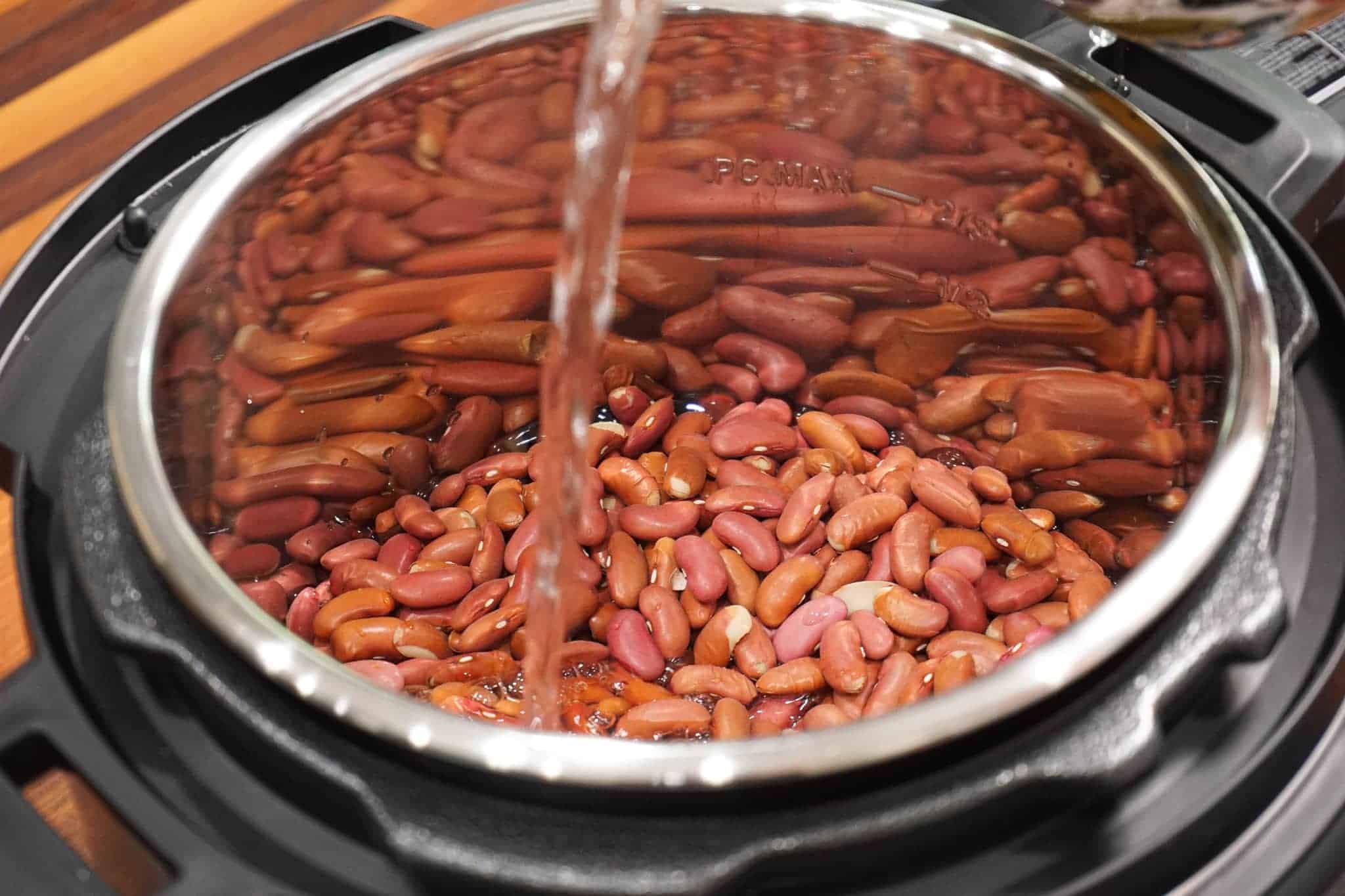
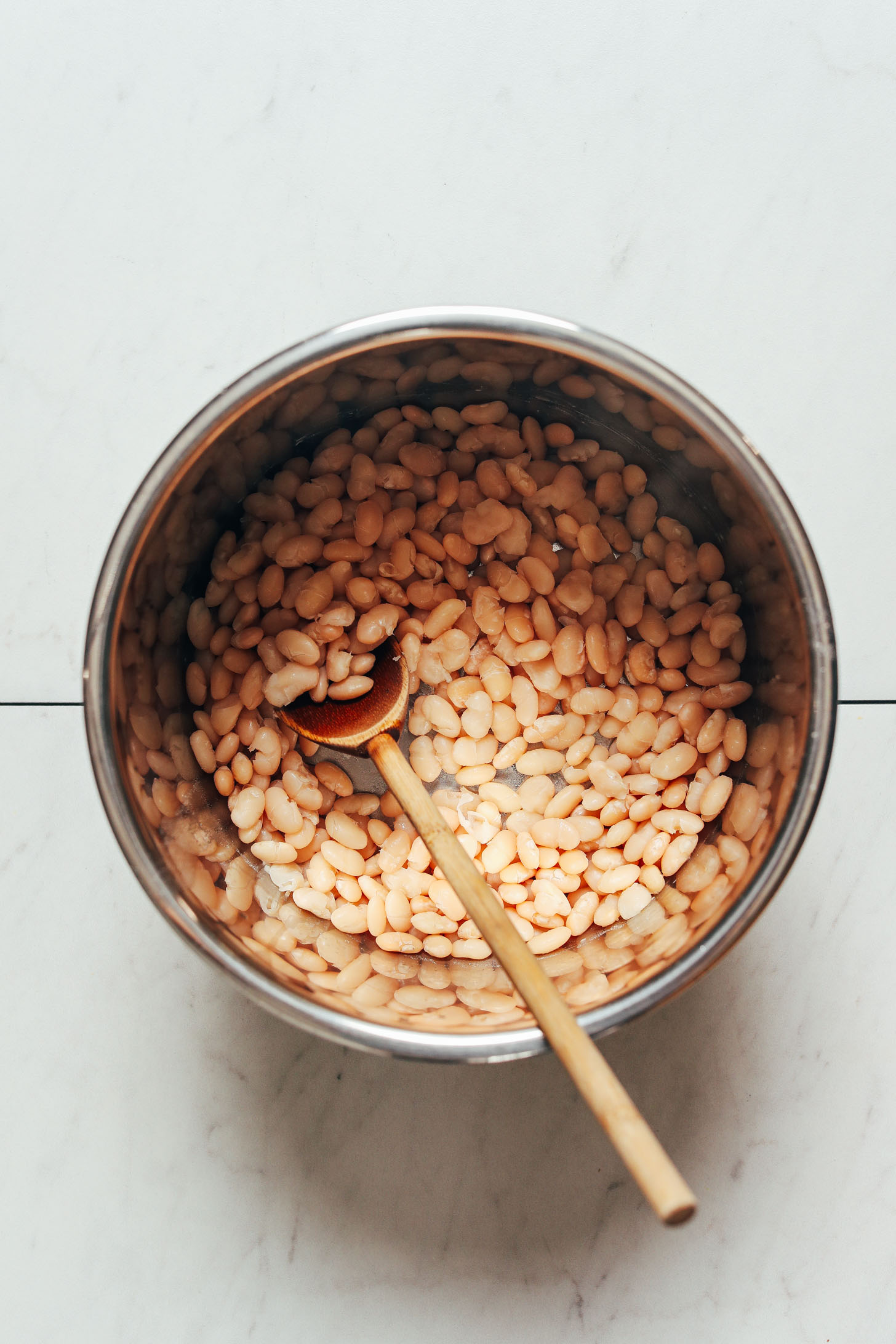
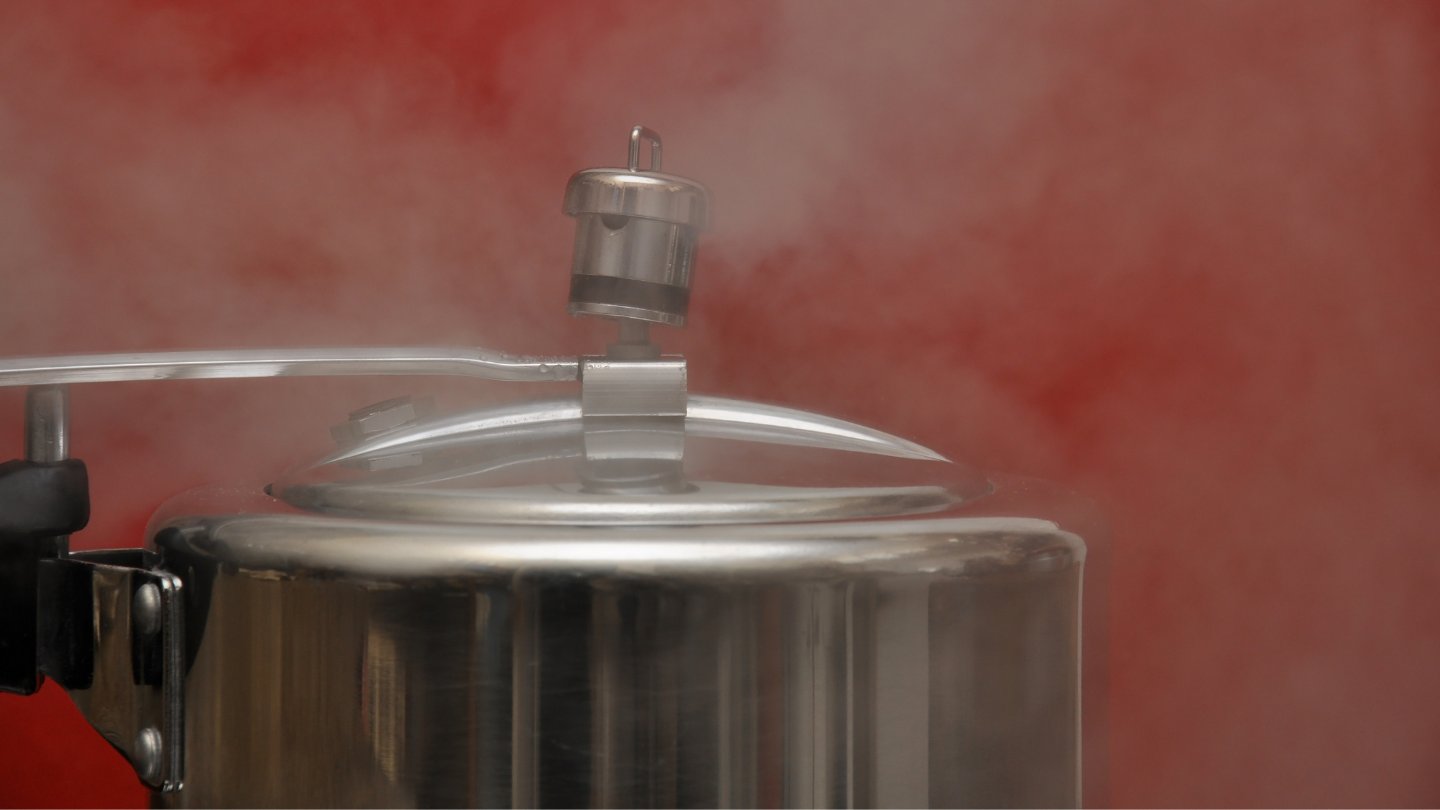
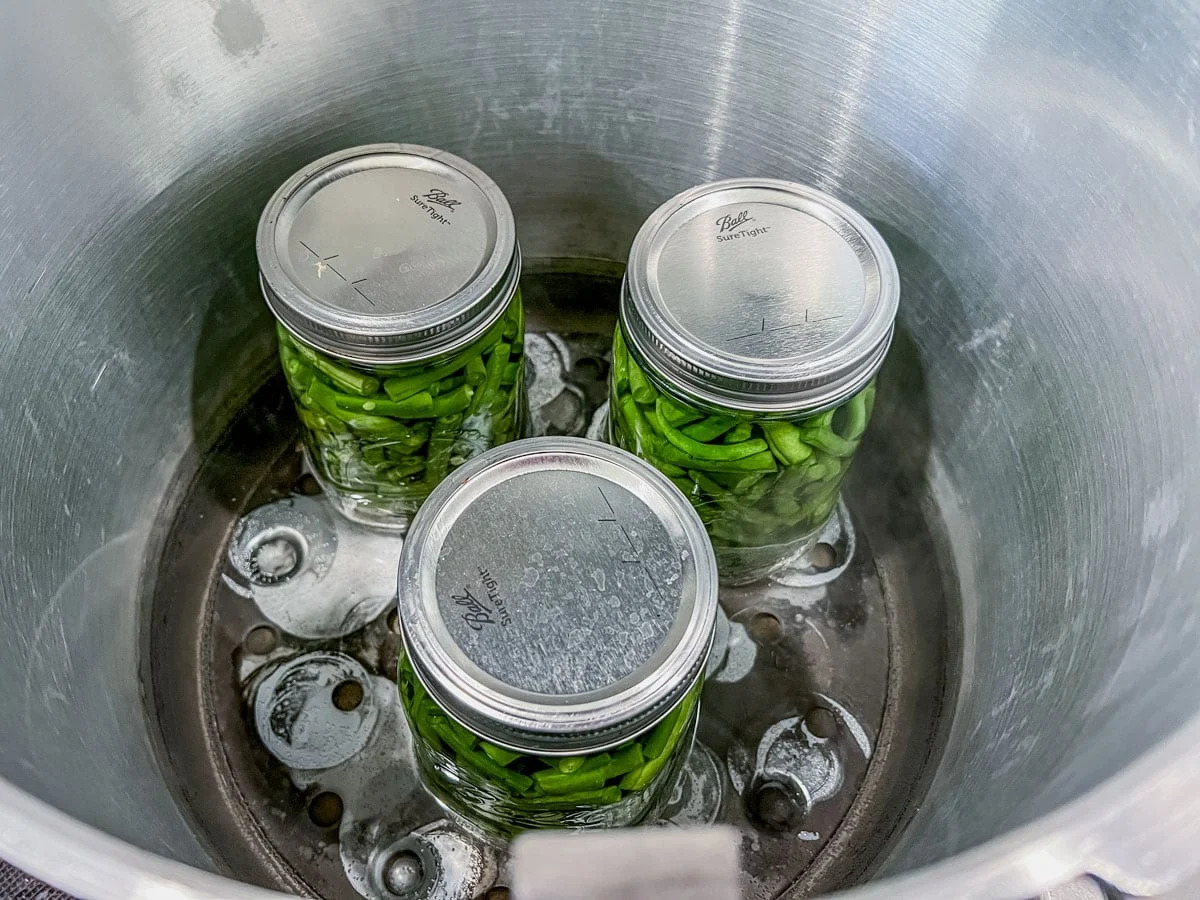
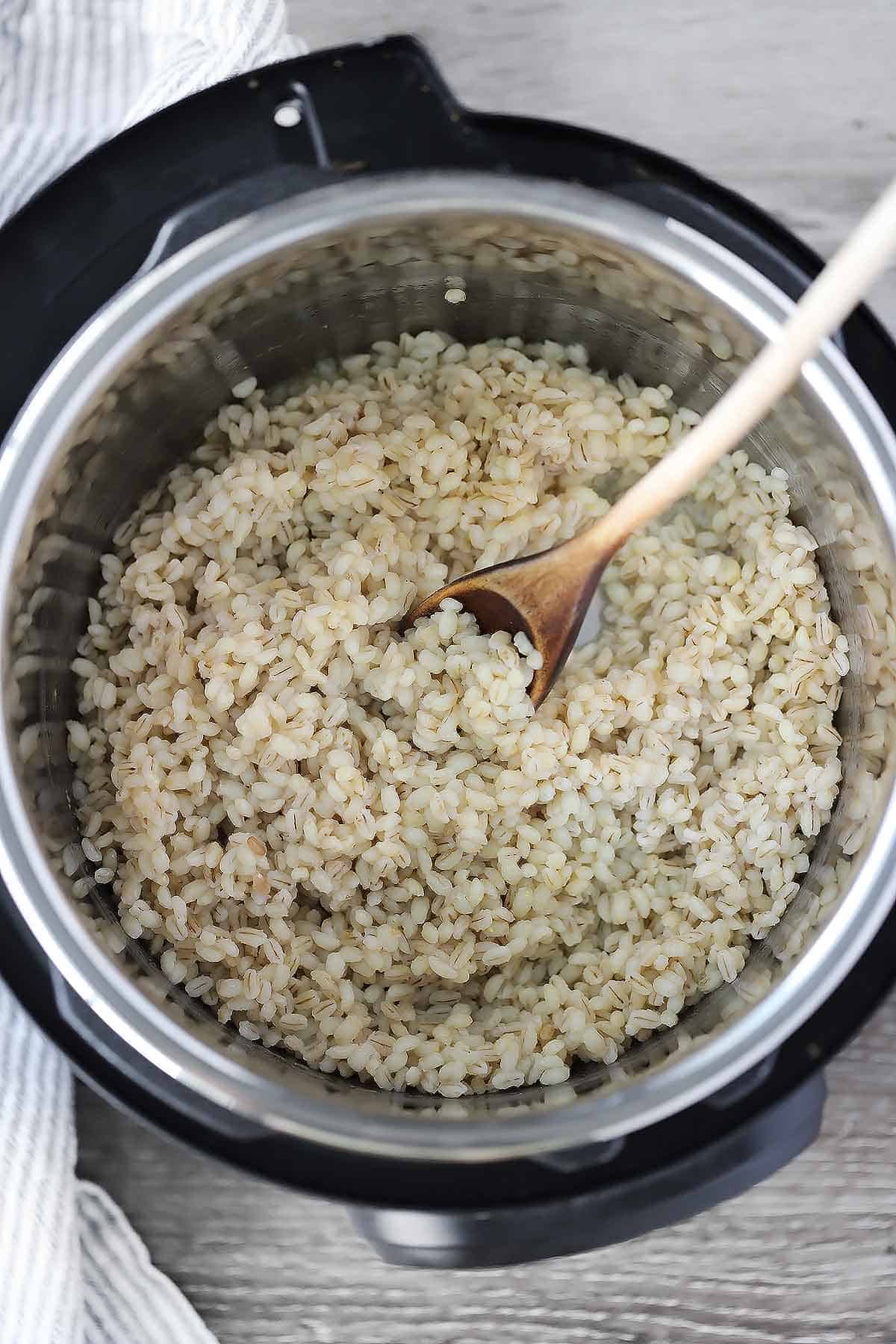
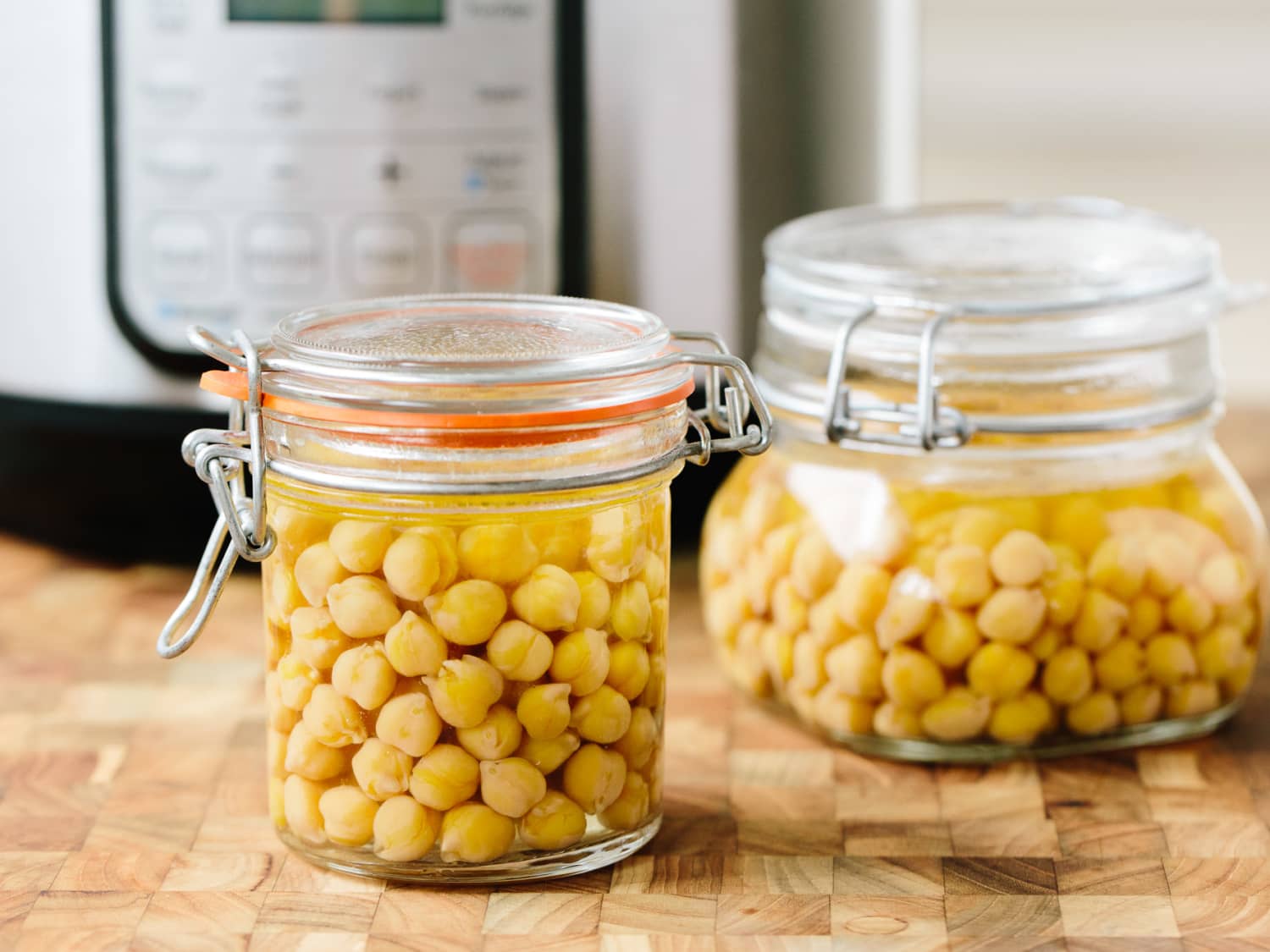
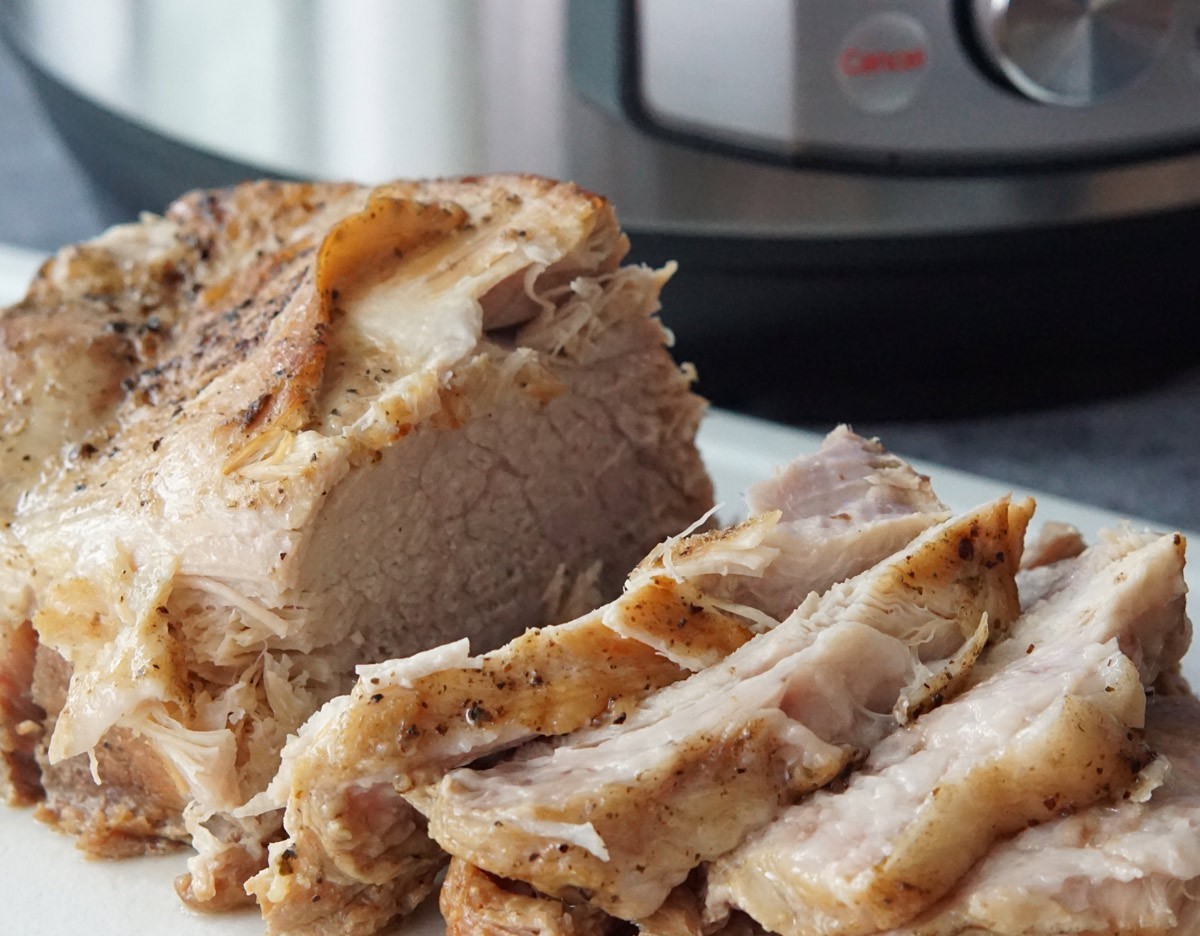
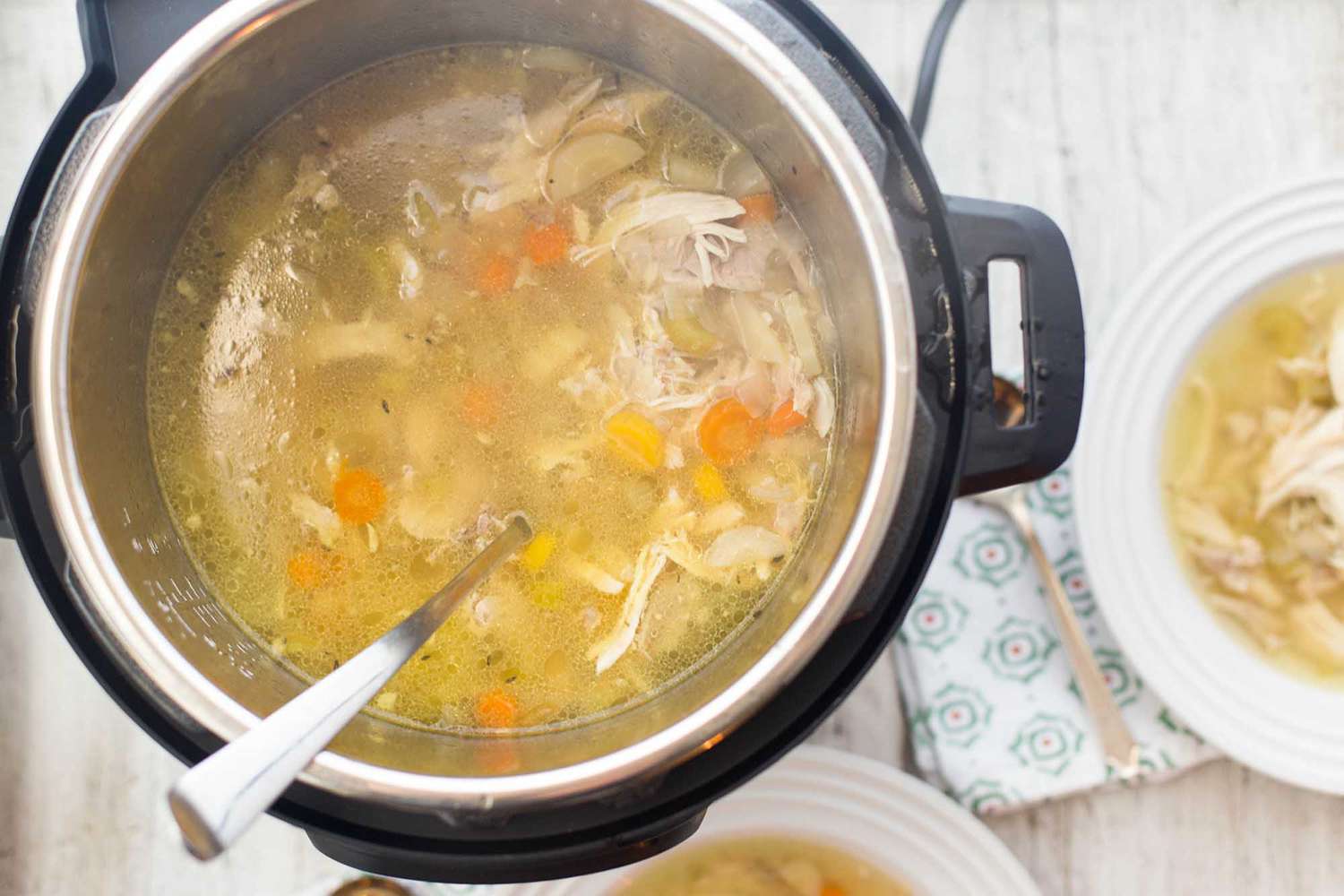
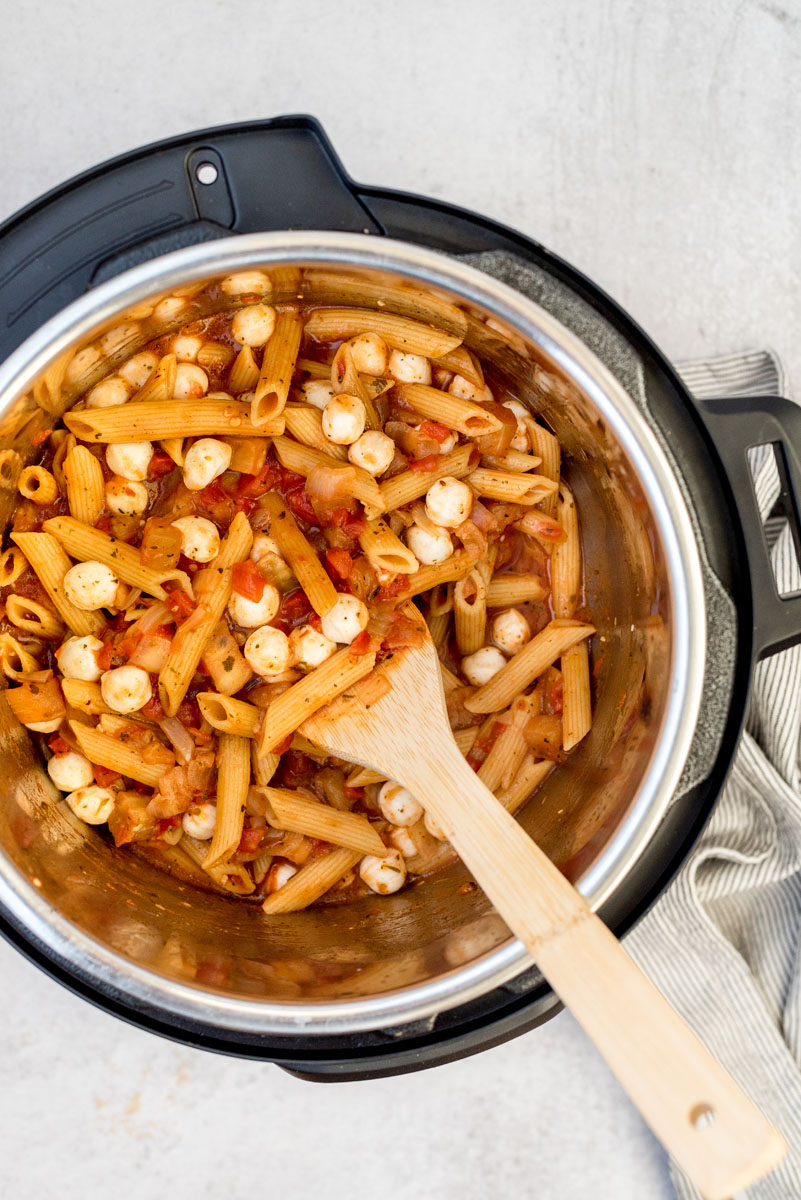

0 thoughts on “How Long To Cook Beans In An Electric Pressure Cooker”